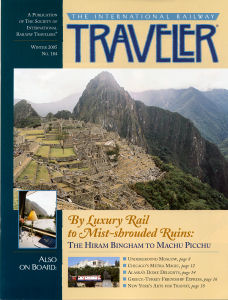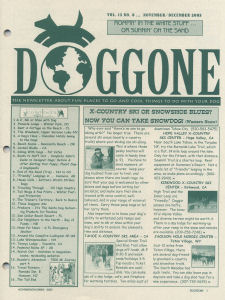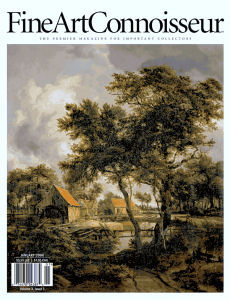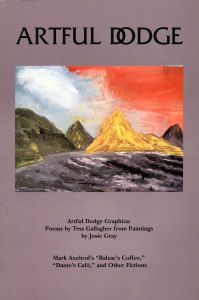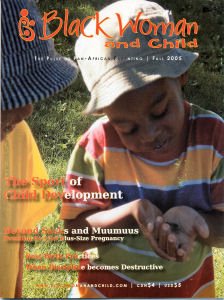HORSES IN ART: Equines at Work and Play
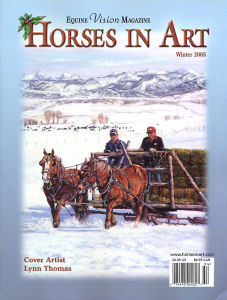
I'm starting this frosty morning looking through the Winter 2005 issue of Horses in Art, a magazine published in Jamul, CA that is devoted to images of the horse in contemporary art. There are no traditional thoroughbred race horse images in this magazine, but colorful and imaginative depictions of all sorts of horse breeds at work and at play. Most of the articles are by or about the artists, and they have interesting stories to tell. For instance, Dan Stivers comments on his oil painting, commissioned by the 2nd U.S. Cavalry, showing some of the famed Lipizzaners of Vienna's Spanish Riding School being "liberated" in 1945 by American soldiers on horseback from the Czechoslovakian farm where they had been sent by the occupying Germans. The Americans were fearful they would fall into the hands of the advancing Russian Army. Interestingly, as the painting illustrates and the article explains, young Lippizzan horses are brown or black, and don't turn white until they get past the age of six. Another artist specializes in the striking Stonewall Sporthorse, with black speckles on a white coat, resulting from a cross of the Appaloosa and Percheron breeds. The artist who created the cover of this issue, Lynn Thomas, had worked for many years running a pack outfitting business in Wyoming and loves to paint sturdy working horses. In the cover article, Horses in Art editor Sarah Crampton quotes Thomas, "I feel sad that this kind of scene is slowly disappearing and large tractors with automatic feeders are taking the place of the big draft teams." I have three pictures from the issue to show you before I get back to work in the newsstand. Two are from an article about the artwork of a horse named Romeo, who paints greeting cards and such with a brush held firmly in his teeth. The third, from an ad in the issue, is a bronze in the Remington style by Sandy Wisecup that I dedicate to the late Betty Friedan, who gallantly let me buy her a Coke while I interviewed her for my college newspaper quite a few years ago. An annual subscription (four issues) to Horses in Art is $19.95 from the publisher; you can get a sample copy from us for $2.59.




